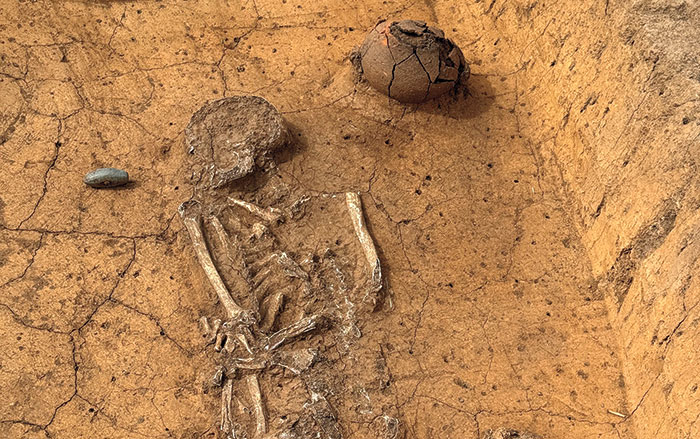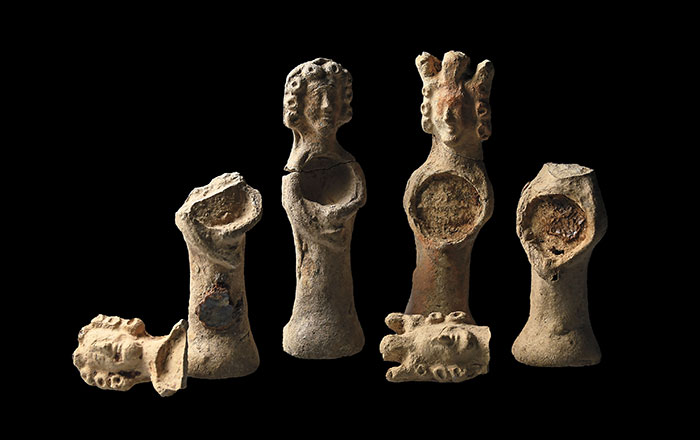MAINZ, GERMANY—SciNews reports that Sabine Gaudzinski-Windheuser of Johannes Gutenberg University and her colleagues examined nearly 2,000 beaver teeth and more than 500 beaver bones unearthed at Bilzingsleben, a 400,000-year-old archaeological site in central Germany. The bones belonged to the Eurasian beaver, or Castor fiber, and the extinct giant beaver, Trogontherium cuvieri. Cut marks on the bones indicate that the animals were likely hunted for their pelts and their meat. The study also determined that most of the beaver bones came from young adults, who were likely expelled from their parents’ lodges when they had reached sexual maturity. The researchers suggest that hominins developed hunting tactics specific to these valuable semi-aquatic creatures living on their own. Read the original scholarly article about this research in Scientific Reports. To read about beaver furs recovered from tenth-century burials in Denmark, go to "Vikings in Furs."
Study Suggests Hominins Hunted Beavers 400,000 Years Ago
News November 30, 2023
Recommended Articles
Digs & Discoveries November/December 2025
Canine Couture

Digs & Discoveries September/October 2025
Good Night, Sweet Prince

Digs & Discoveries July/August 2025
Saints Alive

Digs & Discoveries July/August 2025
Soldiers of Ill Fortune

-
Features September/October 2023
Ukraine's Lost Capital
In 1708, Peter the Great destroyed Baturyn, a bastion of Cossack independence and culture
 (Leonid Andronov/Alamy Stock Photo)
(Leonid Andronov/Alamy Stock Photo) -
Letter from Vesuvius September/October 2023
Digging on the Dark Side of the Volcano
Survivors of the infamous disaster rebuilt their lives on the ashes of the a.d. 79 eruption
 (Courtesy Girolamo Ferdinando De Simone)
(Courtesy Girolamo Ferdinando De Simone) -
Artifacts September/October 2023
Padlock
 (Courtesy James Davidson)
(Courtesy James Davidson) -
Digs & Discoveries September/October 2023
Nose to Tail
 (Lisa See collection. The Huntington Library, San Marino, California)
(Lisa See collection. The Huntington Library, San Marino, California)


